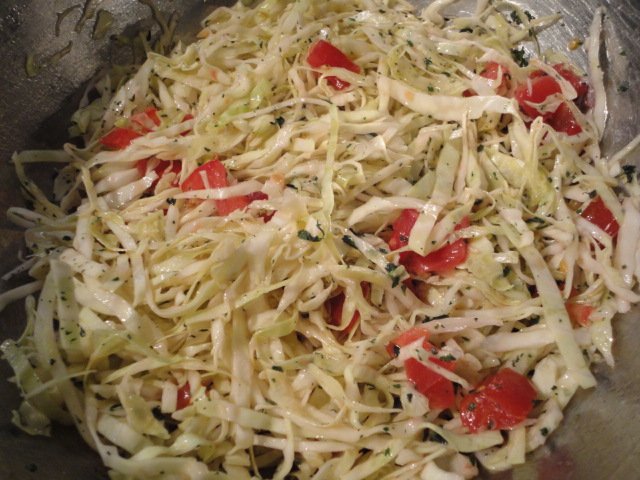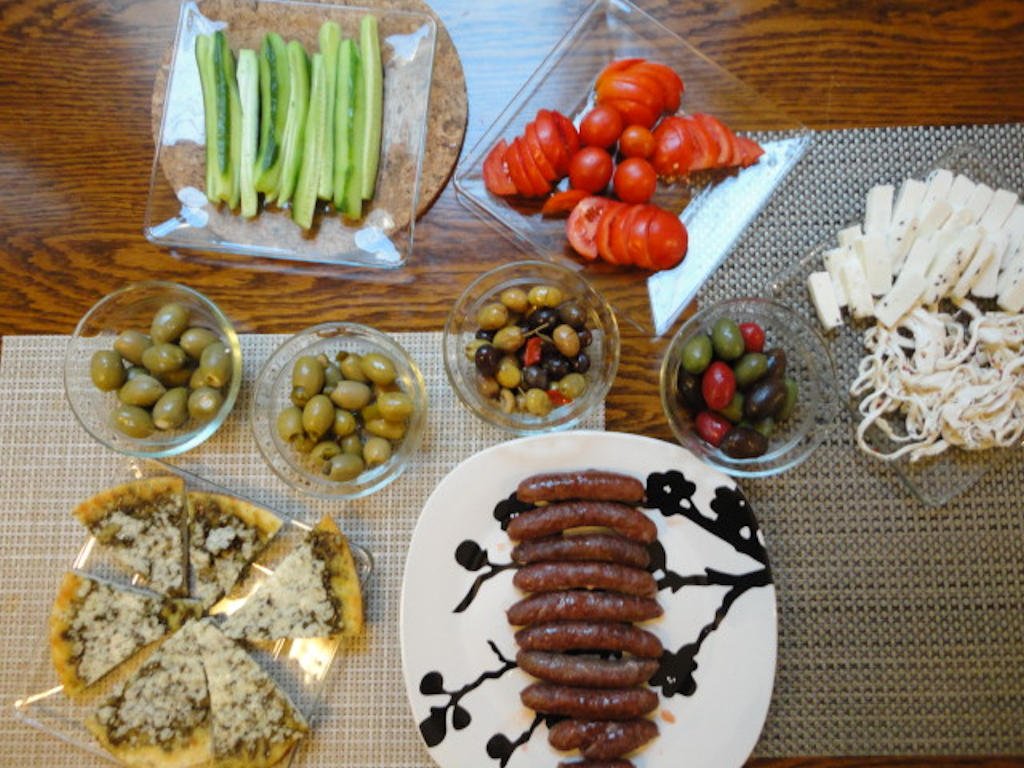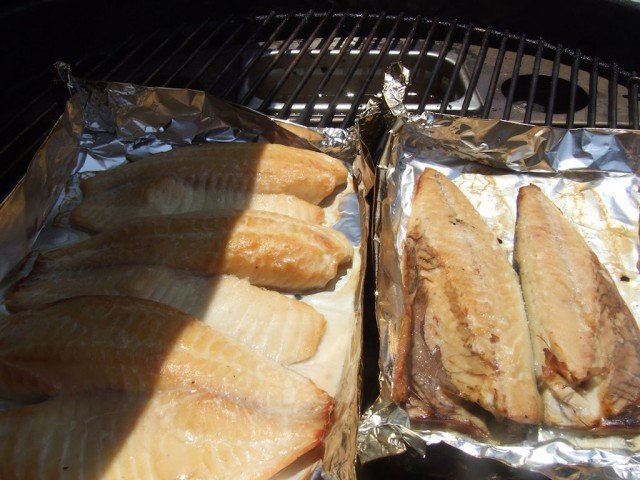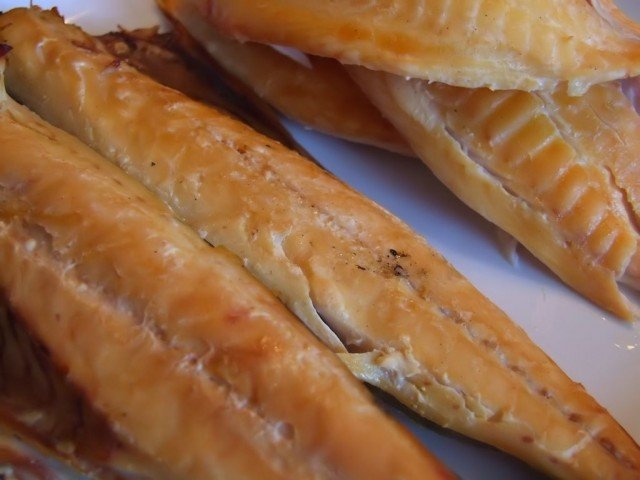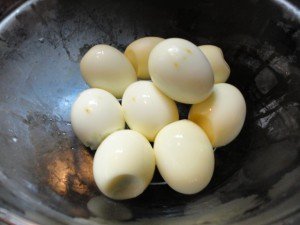Cole Slaw is as much a part of American summer food dishes as hot dogs,hamburgers, potato salad, barbeque, ice cream and watermelon. Yet, whether because of food safety concerns, increased health consciousness or a trend away from consuming cabbage, the traditional cole slaw made with mayonnaise or buttermilk is more like an after thought and a compulsory dish that remains unfinished after everyone has gone home from the picnic or barbeque.
Interestingly enough, the history of Cole Slaw is much more interesting and not the creation of Colonel Sanders as a cheap side dish that comes with your order of fried chicken at KFC. Cole slaw was brought to the United States by the Dutch and known as “koolsla”, kool (cabbage) and sla (salad). Typically the shredded cabbage was mixed with vinegar, oil, salt, black pepper and even melted butter.
Regardless of its origins and how the ingredients have changed, there are many variations to cole slaw today from a wide range of countries to provide an alternative to the traditional mayonnaise based cole slaw. Lebanese style cole slaw is extremely versatile and whether served with kufta, hamburgers, sausages or barbeque is a tangy light alternative to the traditional that will neither remain uneaten or spoil in the heat of the summer outdoor dining.
Ingredients & Instructions:
4 Cups of Thin Shredded Cabbage (I like the green leaves to be included)
2 Teaspoons of Minced Garlic
2 Tomatoes Diced
1/4 Cup of Olive Oil
1/3 Cup of Lemon Juice (To Taste)
2 Tablespoons of Dried Mint
1 Teaspoon of Salt (To Taste)
Mix all of the ingredients together, except the olive oil and lemon juice. Allow the mixture to rest for 15 minutes to bring the flavors together and the cabbage has slightly wilted. Add the lemon juice and olive oil and mix well. Taste and add more lemon juice and salt as needed.

